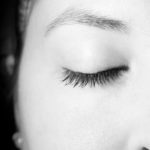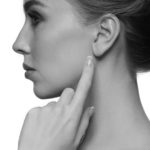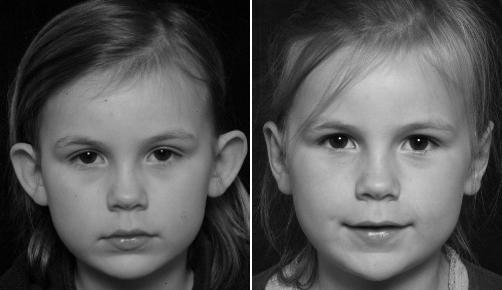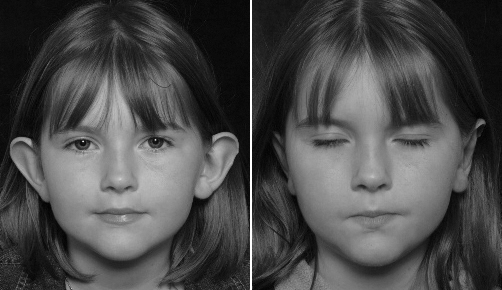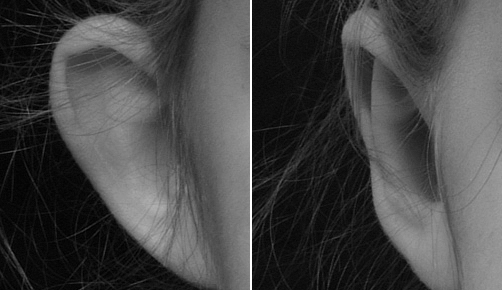31 Jan EAR PINNING
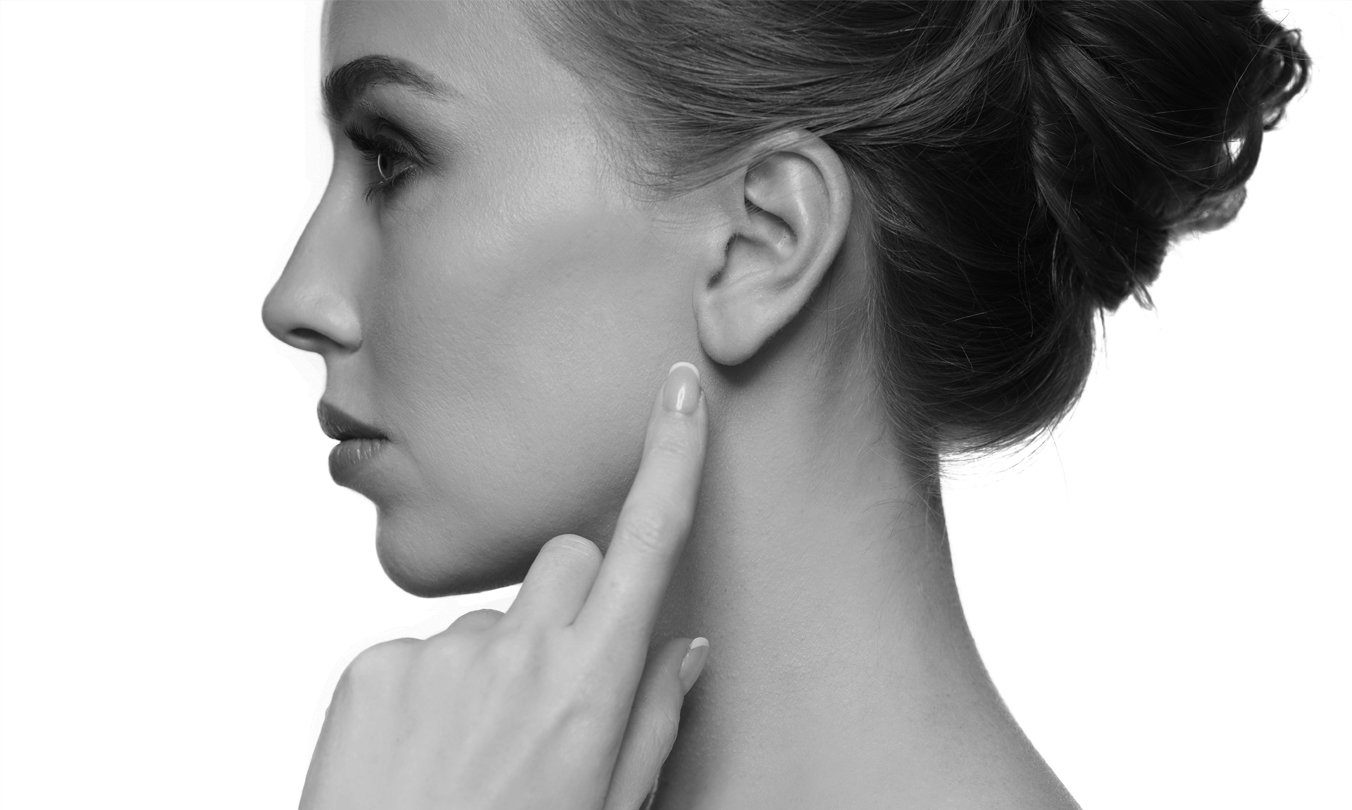
EAR PINNING
HHaving outward-pointing ears is a congenital malformation of the exterior auricle. Although there are no functional downsides, it does often cause social and relational difficulties.
Especially in children, outward-pointing ears are a target for bullies. This may cause long-term problems with self-esteem and damage the child’s self-image.
It is possible to treat this aesthetic condition from the age of four with a simple procedure. It is known as an “otoplasty” or ear pinning procedure.
Outward-pointing ears have two characteristics that may appear separately or together: one of the “folds” of the auricle is usually misshapen and underdeveloped and sometimes the auricle is too deep.
These two characteristics are corrected by giving the cartilage a more attractive shape and stabilising it with interior threads. The result is a normally-shaped auricle that is positioned closer to the head. In many cases, the patient’s ears are also asymmetrical, both in terms of shape and size. Although the shape of the ears can be made as symmetrical as possible, it is not possible to change the size of the ears without extremely invasive procedures.
BEFORE THE PROCEDURE
It is advisable to start washing your auricles and hair with disinfecting soap from three days before the procedure. You should also carefully clean your ear canal with a moistened Q-tip. This keeps the risk of infection of the surgical wounds to a minimum.
THE PROCEDURE
The procedure can be performed under local or general anaesthetic. While children are always operated under general anaesthetic, adults are given a choice.
If a general anaesthetic is scheduled, it is important that you come to the surgical centre in a sober state. That means that you cannot drink or eat anything from midnight, except to take medication.
Meestal kan je het centrum de avond van de ingreep reeds verlaten: je wordt dus in de dagkliniek opgenomen.
You can usually go home that same evening, so you will be admitted into the day clinic.
If the procedure is performed under local anaesthetic, the anaesthetic itself may feel uncomfortable for a while. The advantage is that you can go home circa half an hour after the procedure.
Both auricles are numbed at the start of the procedure and then operated on one at a time. During the procedure, you will be aware of the fact that the surgeon is working on you, but you will not feel any pain. Note that the sounds of the procedure may be uncomfortable to hear.
The incision is made behind the auricle. The surgeon separates the skin from the cartilage of the auricle and reshapes the cartilage with threads. Next, the incision is neatly closed and the surgeon puts a special bandage on the area. It is important that this bandage is not removed, since it reduces the swelling and keeps the ears in the correct position.
AFTER THE PROCEDURE
Once you get home, it is best to rest for several hours while keeping your head elevated above your torso. It is advisable to avoid any strenuous activities or bending too far forward, because the increased blood pressure may cause some bleeding. You may experience some pain during the first night, but that can easily be treated with painkillers such as Dafalgan® or Perdolan Mono®. Experiencing an increasing amount of pain that slowly becomes unbearable is not normal and must be reported by phone to the physician. You cannot remove the bandages yourself.
The bandages will stay on for circa one week. Your surgeon will remove them during the first check-up meeting after the procedure. The auricle will already be noticeably closer to your head, although it is still swollen and blue.
You can wash your hair again once the bandages have been removed. Any scabs can be washed off with water. Be careful when using a hairdryer: your skin may be a bit insensitive in some places and unable to feel heat as a result. Keep the hair dryer away from the skin and use a lower temperature setting if possible.
After the bandages come off, you must wear an elastic hair net for two weeks to avoid bending your auricle in your sleep. The threads used to stitch the wounds are soluble and the knots (which are located on the outside of your body) will be cut through during the second consultation after two weeks.
Contact sports such as judo and other martial arts, as well as sports that present a risk of rough physical contact, e.g. basketball, rugby, water polo, etcetera, are best avoided for three weeks after the procedure. If it is possible to wear a headband, that will help to prevent many problems. The swelling of the auricles has decreased significantly, and no one will be able to tell you recently had surgery performed on you, except for those who notice that your ears are now much closer to your head.
An otoplasty is generally a fairly painless procedure. Unbearable pain that keeps you awake or a significant amount of blood in your bandages are not normal. If something like that should occur or you are worried about anything else related to your procedure, do not hesitate to contact the Coupure Centre via the secretariat or by contacting the doctors directly.
RELATED TREATMENTS
ABRASIVE LASER / ERBIUM LASER
Intensive laser treatment for localised deeper wrinkles and scars...
BLEPHAROPLASTY
Sagging upper eyelids, a tired appearance and bags under the eyes can be treated with a blepharoplasty procedure....
EAR PINNING
Outward-pointing ears can be a significant psychological burden. This problem can be treated with a simple procedure that involves making an inconspicuous incision behind the ear....
EYEBROW LIFT/TEMPORAL LIFT
Corrects a sad look caused by sagging eyebrows. This procedure is often combined with a MACS-lift and blepharoplasties. The scars are hidden above the hairline....
LIP ENLARGEMENT/ LIP REJUVENATION
The mouth expresses many emotions. Filling the lips can produce beautiful effects, yet the quality of the skin and the shape of the lips are just as important. A lip lift is very rejuvanating....



